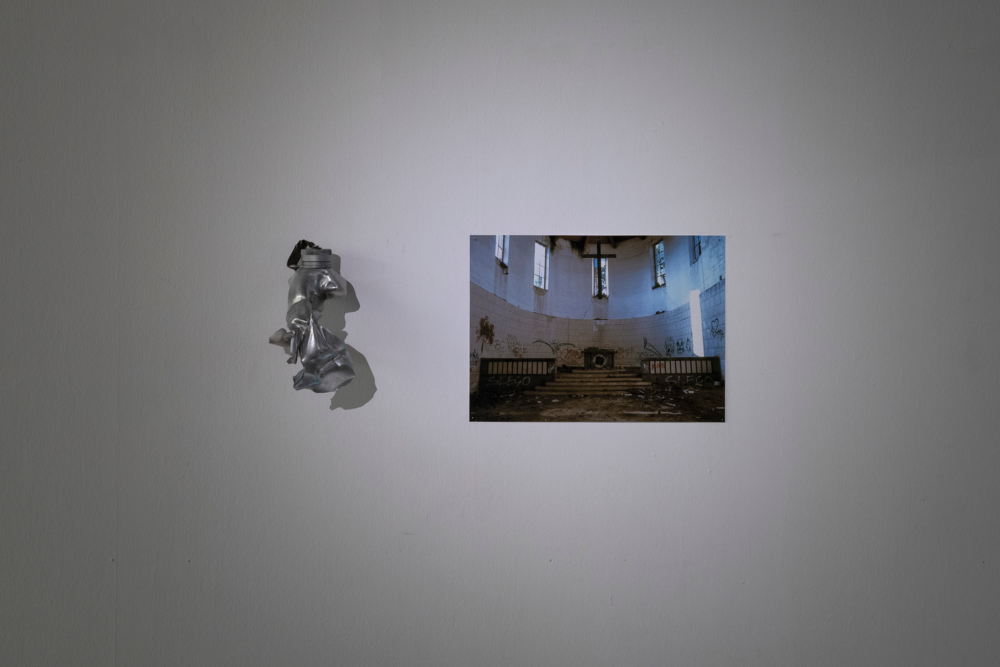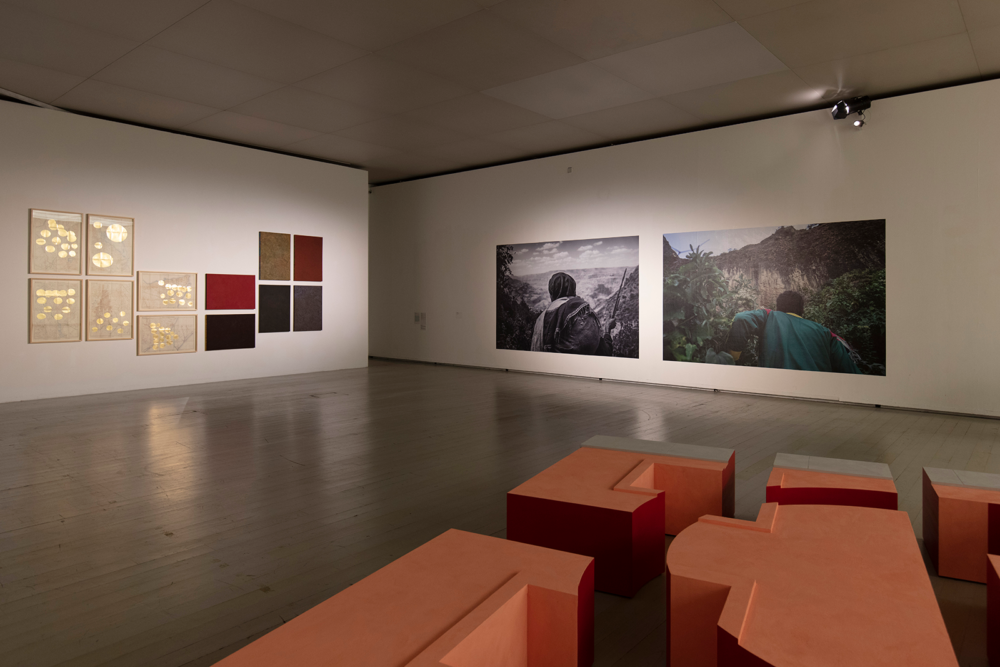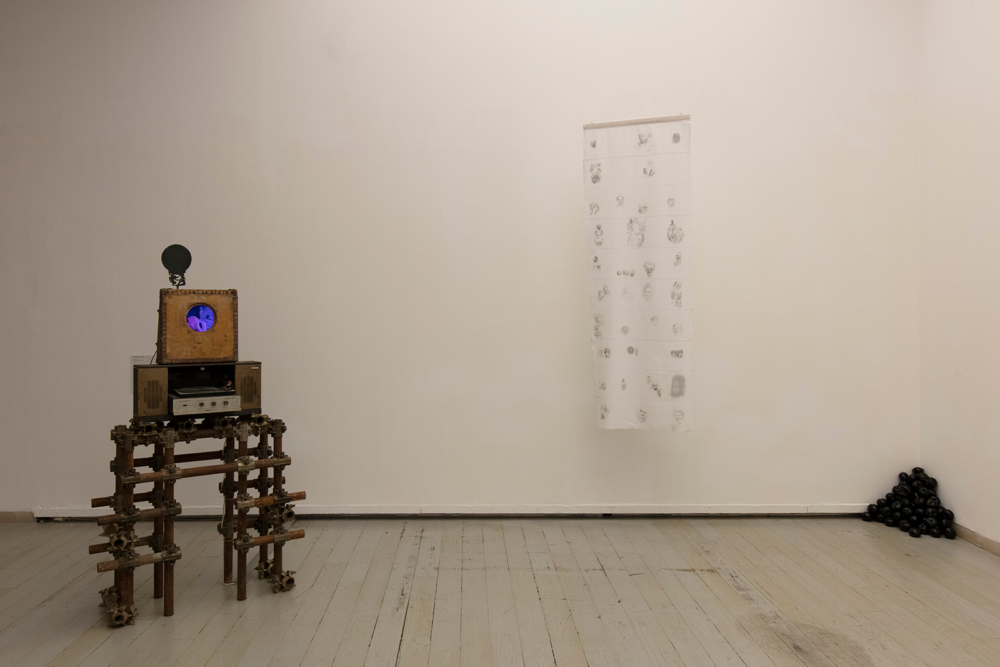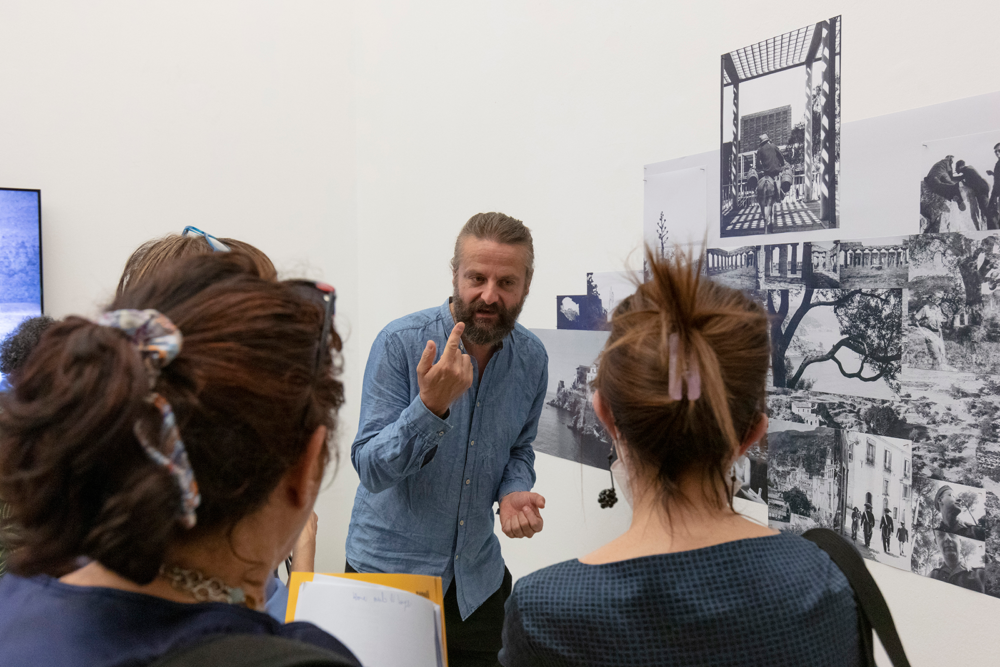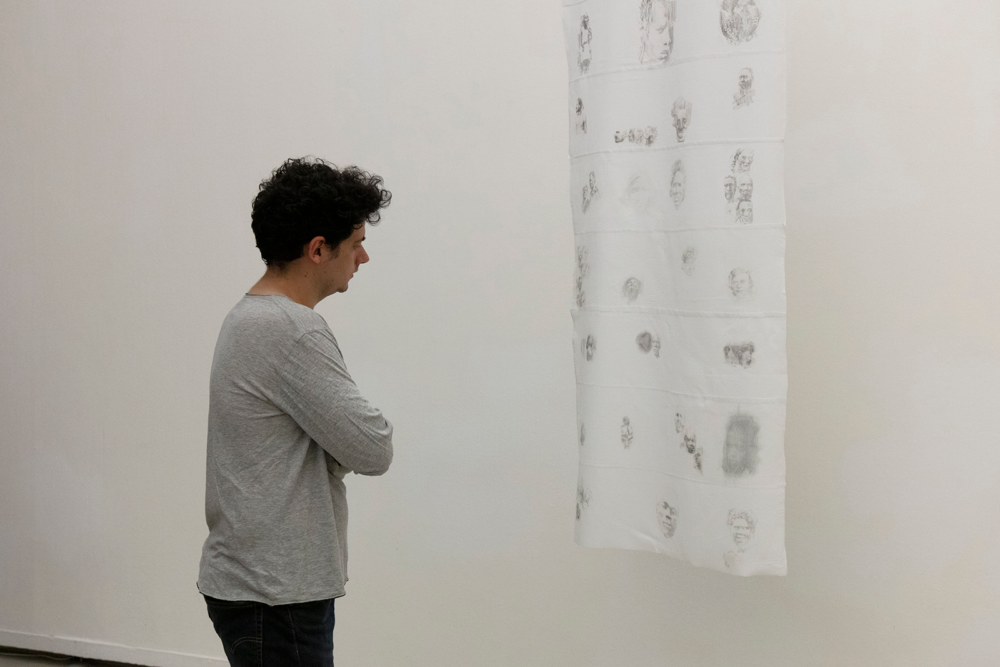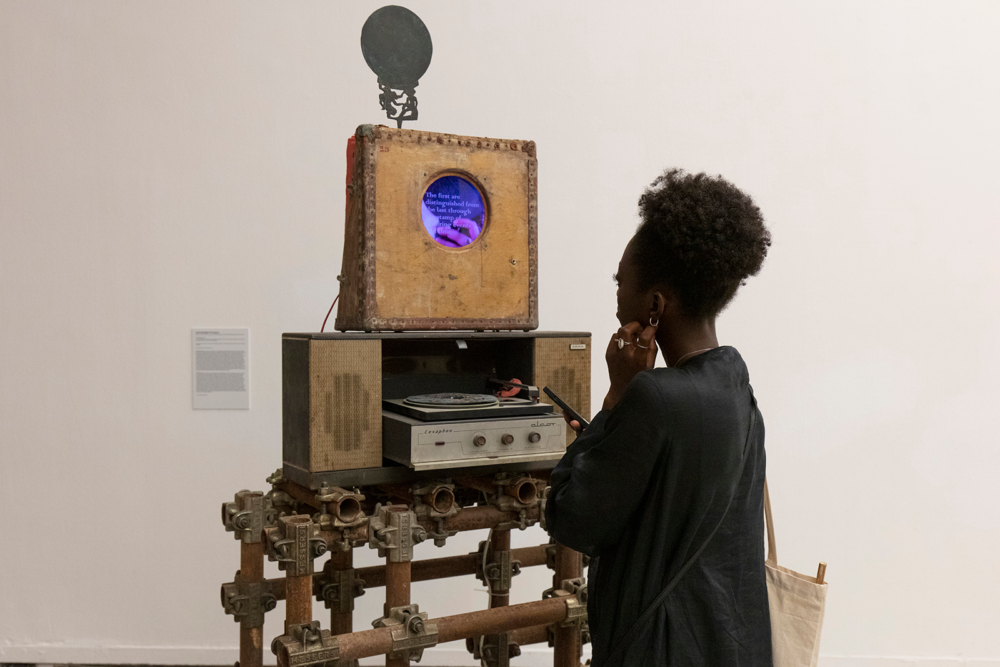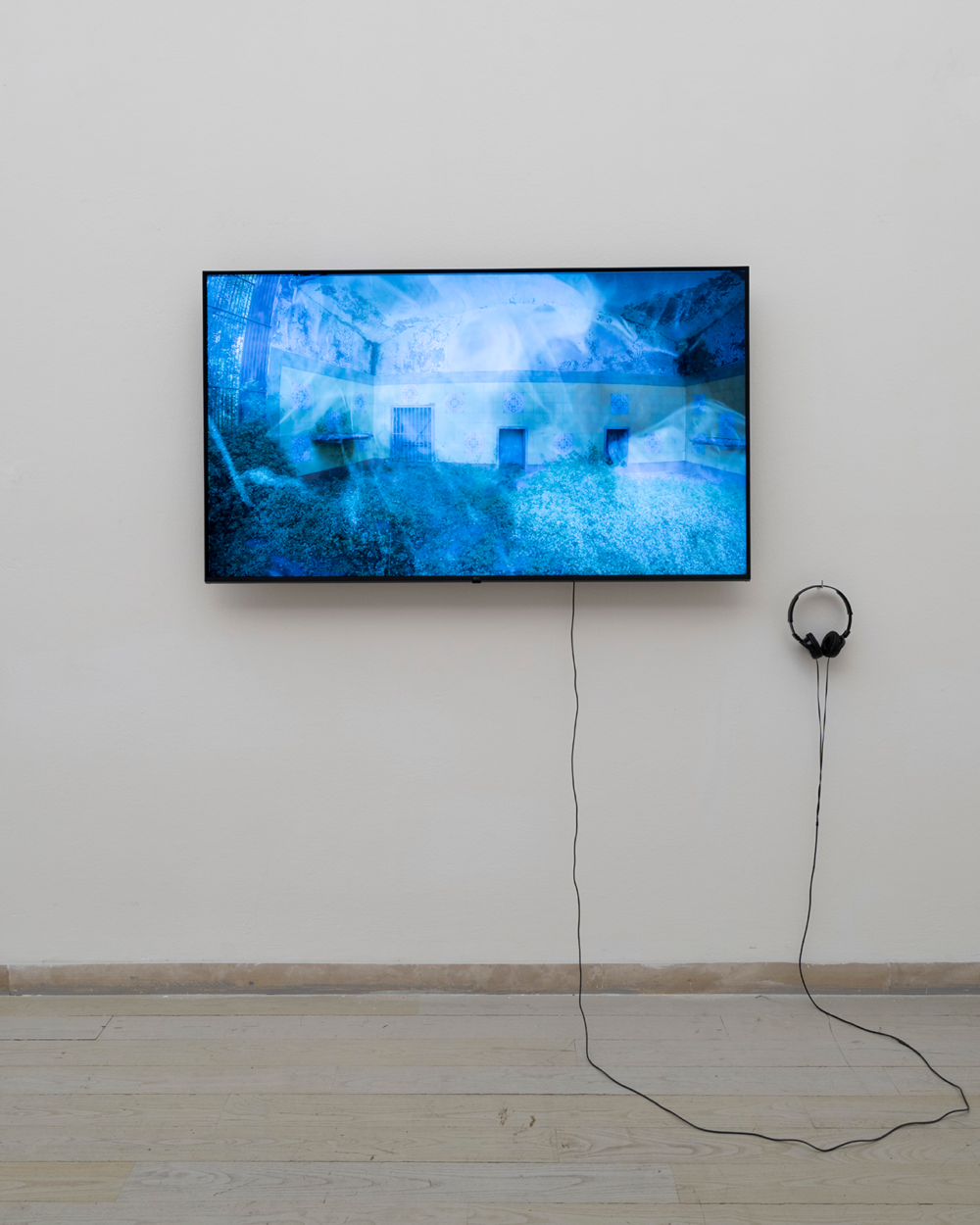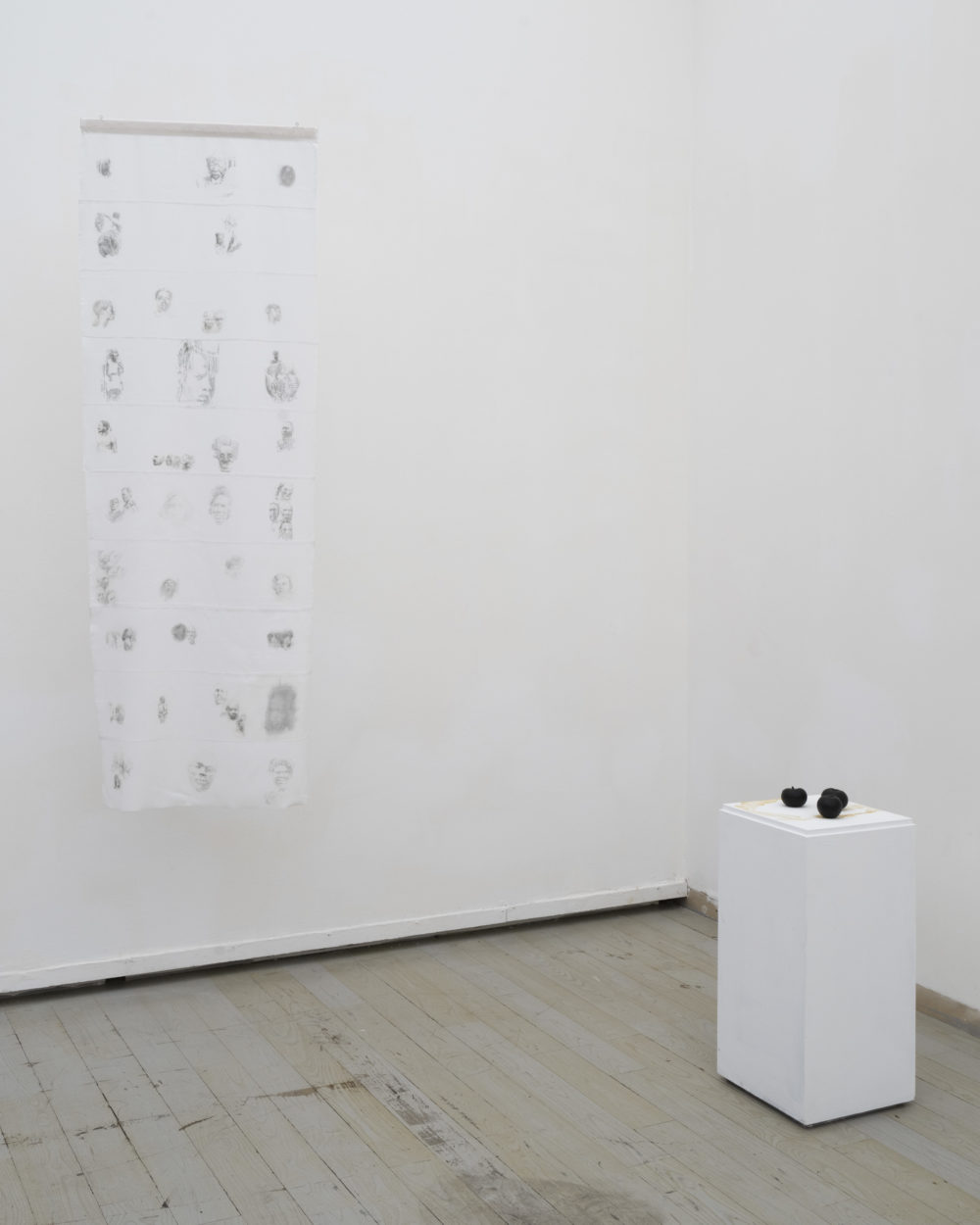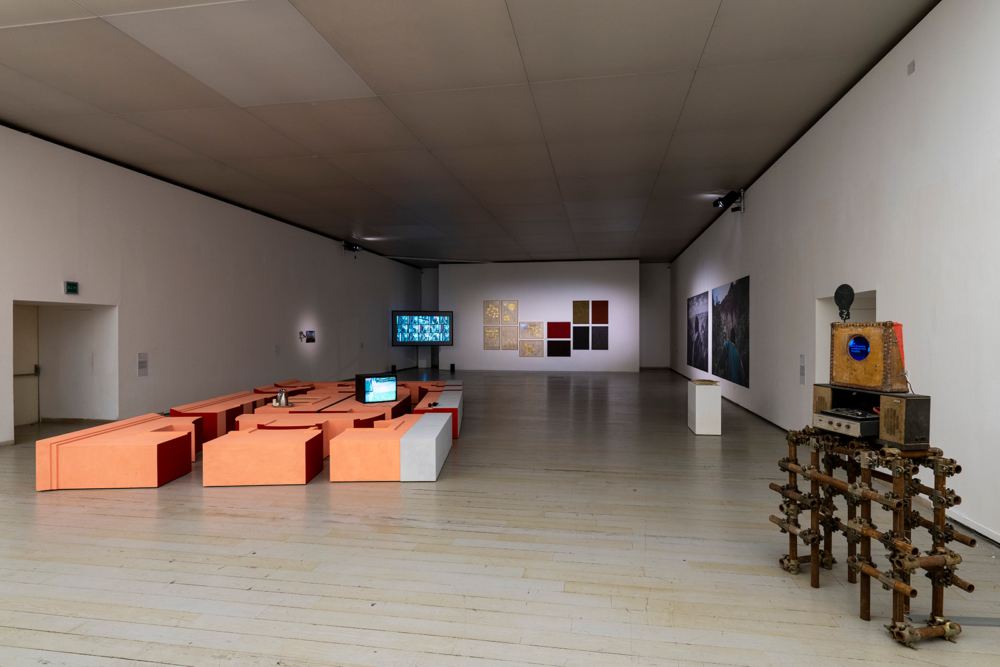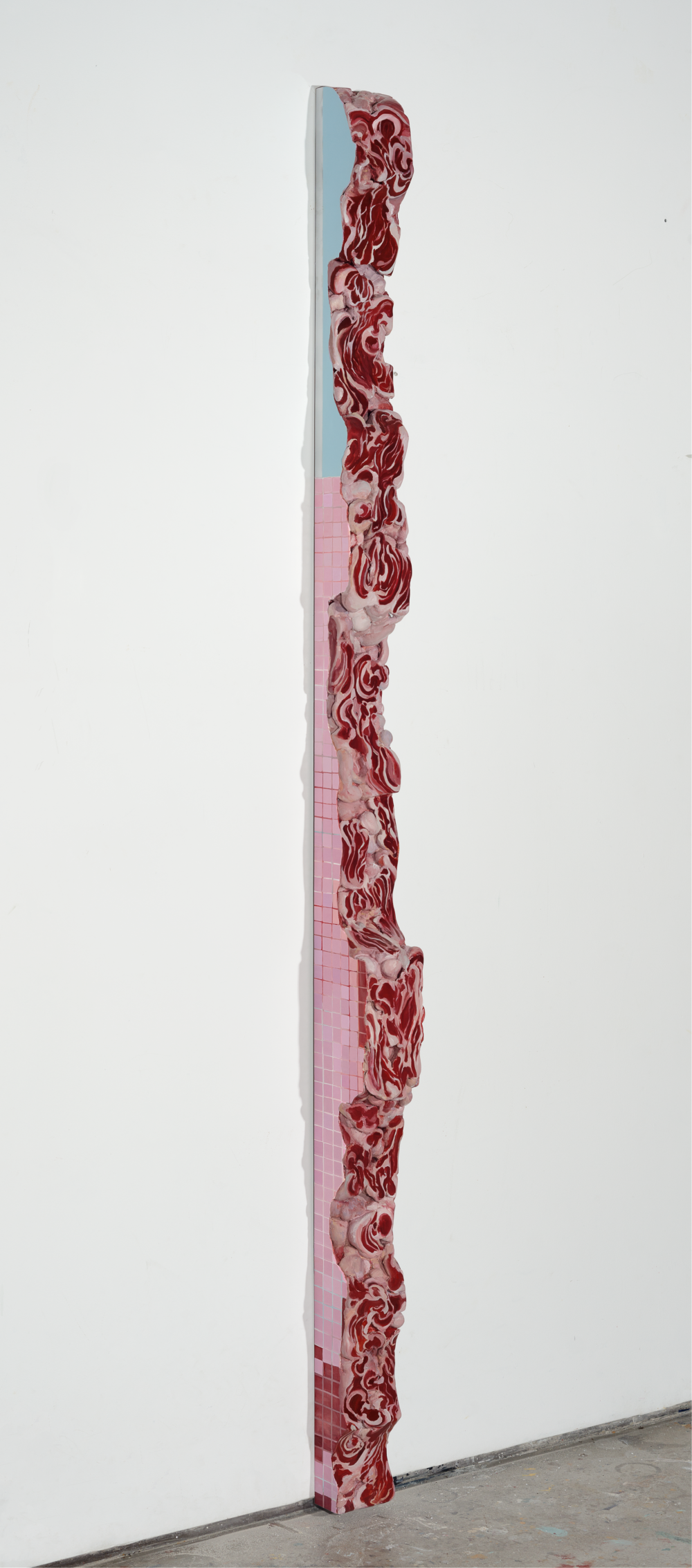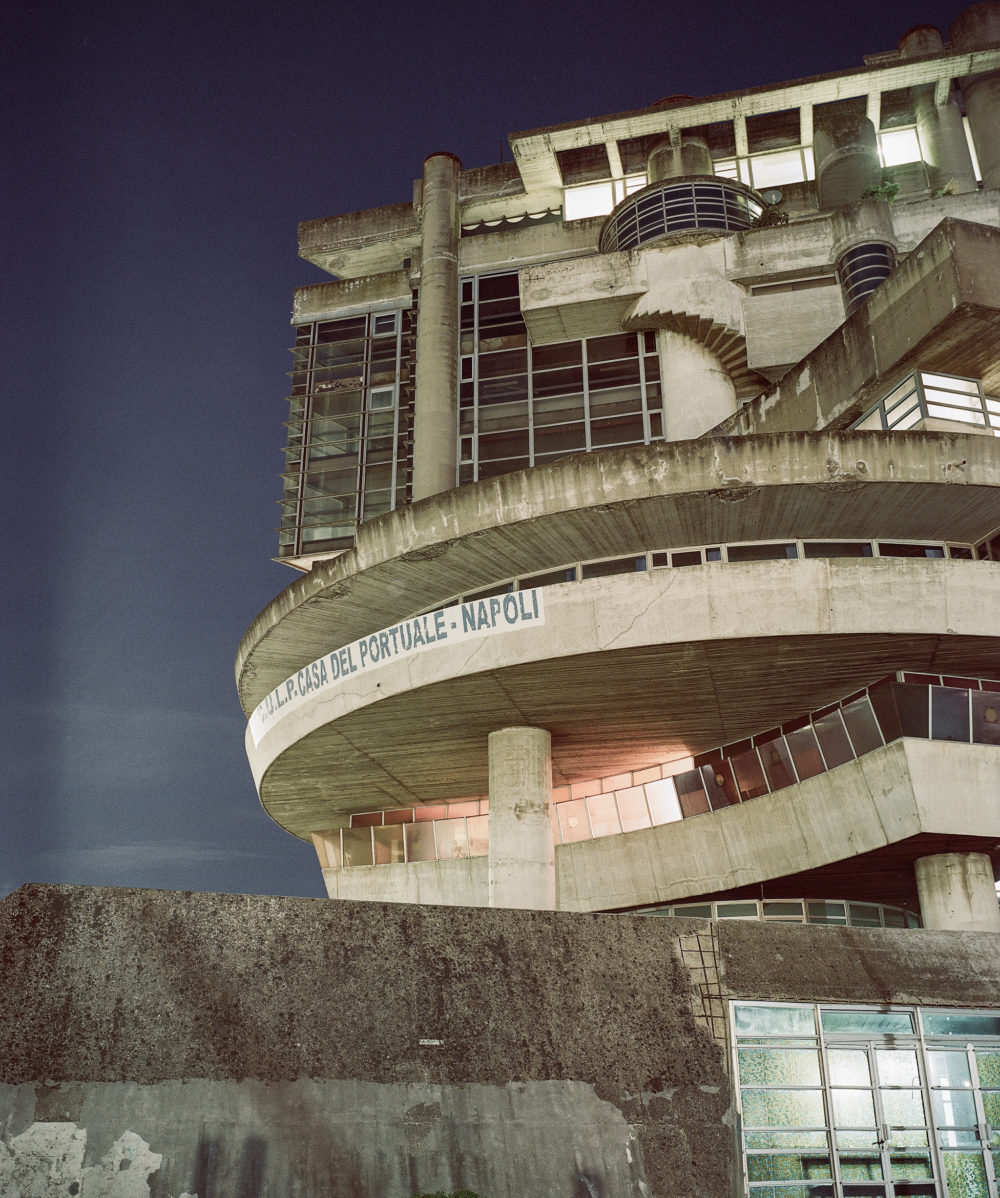
Exhibition
Beauty and Terror: sites of colonialism and fascism
curated by Kathryn Weir
24.06 — 26.09.2022
Beauty and Terror: sites of colonialism and fascism takes off from Naples in the years around 1940, to explore, through the eyes of contemporary artists and critical thinkers, the history and contemporary legacy of the interconnections between colonialism and fascism. Underlining the geographical and temporal concomitance of stories rarely told together, the project presents new artistic research and installations that draw links between the absolute violence, both physical and psychological, of colonialism and that of fascism, and explore the philosophical, aesthetic and iconographic apparatuses that subtend both. This nexus has returned dramatically to the centre of international debate in recent years, particularly with the rise of populist ultranationalism in Europe and the Americas, and with the international impact of the Black Lives Matter movement, which has drawn attention to forms of systematic exclusion and violence.
‘Discourse on Colonialism’ (1950) by essayist and poet Aimé Césaire pointed to the manner in which National Socialism had applied in Europe a scope of absolute violence that had previously been reserved for the colonies, an analysis that political philosopher Hannah Arendt expands in her Origins of Totalitarianism (1951). In effect, the Second World War translated, in the context of European fascism, the methods developed on slave plantations and in the colonies, as underlined by contemporary political philosopher Achille Mbembe in his influential essay ‘Necropolitics’ (2003), arguing that ‘in modern philosophical thought and European political practice and imaginary, the colony represents the site where sovereignty consists fundamentally in the exercise of a power outside the law’ and ‘where the violence of the state of exception is deemed to operate in the service of ‘civilisation’’. The inhabitants of these territories are considered part of the landscape, their humanity and sovereignty not legally recognised, so that land and resources can be expropriated with impunity. Important thinkers on European imperialism, such as Franz Fanon and Sylvia Wynter, have for this reason insisted on the importance not only of the physical but also of the psychological dimension of colonialism. Many parallels can be drawn today with ‘economic migrants’ from previously colonised areas and their experiences of detention and exploitation.
Beauty and Terror brings together research-based artworks that depart from little-discussed events, architectures, archival materials, stories and situations. Their artistic statements about landscape and place testify to the imposition of regimes of economic control over the south by the north, reinforced by parallel aesthetic and scientific apparatuses. The project reflects in particular on the Mostra d’Oltremare, inaugurated in Naples on 9 May 1940 – an experiential device for educating the masses to Mussolini’s vision of the predestination of Italian fascist imperialism – before closing a month later when Italy entered the war. Less known is the story of around sixty women, men and children, transported from Ethiopia, Somalia and Eritrea that were forced to take part in the construction of the Mostra d’Oltremare and to figure as living exhibits in its ‘indigenous village’. When the war reached Naples, the families were confined to the spaces of the Mostra d’Oltremare in the midst of bombing, before being transferred to a former women’s internment camp in Treia, from which the Jewish, British, French and Yugoslavian prisoners had been recently evacuated due to the camp’s poor hygienic conditions. The choice of Naples as the venue for the Mostra d’Oltremare, conceived after Mussolini’s invasion of Ethiopia in 1936, reflected the fascist government’s desire to emphasise the ‘imperial’ nature of a Mediterranean port that had linked Italy with Africa since classical times, thus defining the terms of Italian colonial expansion as already written in history by the Roman Empire.
For Beauty and Terror, the Madre commissioned new artworks, performances and workshops that engage with historical data and critical thinking. The artists involved — Rossella Biscotti, Sarah Abdu Bushra & Dawit Seto, Alessandra Cianelli, Leone Contini, DAAR – Sandi Hilal and Alessandro Petti, Binta Diaw, Theo Eshetu, Délio Jasse, Giulia Piscitelli and Justin Randolph Thompson — reflect on the content, aesthetics, and the meaning of the visual and historical narratives of this period, from archival materials to architectural heritage. They appropriate elements of ‘difficult heritage’, including maps from the 1930s of the Italian East African Tourist Association; photographs taken by Hilmar Landwehr, a Wehrmacht soldier in Campania between 1942 and 1943; and images from the journals ‘La difesa della razza’ and ‘Tempo’, both subsidised by the fascist regime. A programme of events, discussions, performances, concerts and screenings is presented within the exhibition space to expand on the themes raised by the works on show.
The DAAR – Sandi Hilal and Alessandro Petti project is made possible thanks to the support of the Italian Council (10th Edition, 2021) program for the promotion of Italian contemporary art in the world of the Direzione Generale Creatività Contemporanea del Ministero della cultura.
The exhibition has been realized with the collaboration of Goethe-Institut, Naples, and is accompanied by a public program organized with the participation of Research Laboratory Centre André Chastel (Sorbonne Université), Paris; Mostra d’Oltremare, Naples; The Recovery Plan, Florence; and Villa Romana, Florence.
